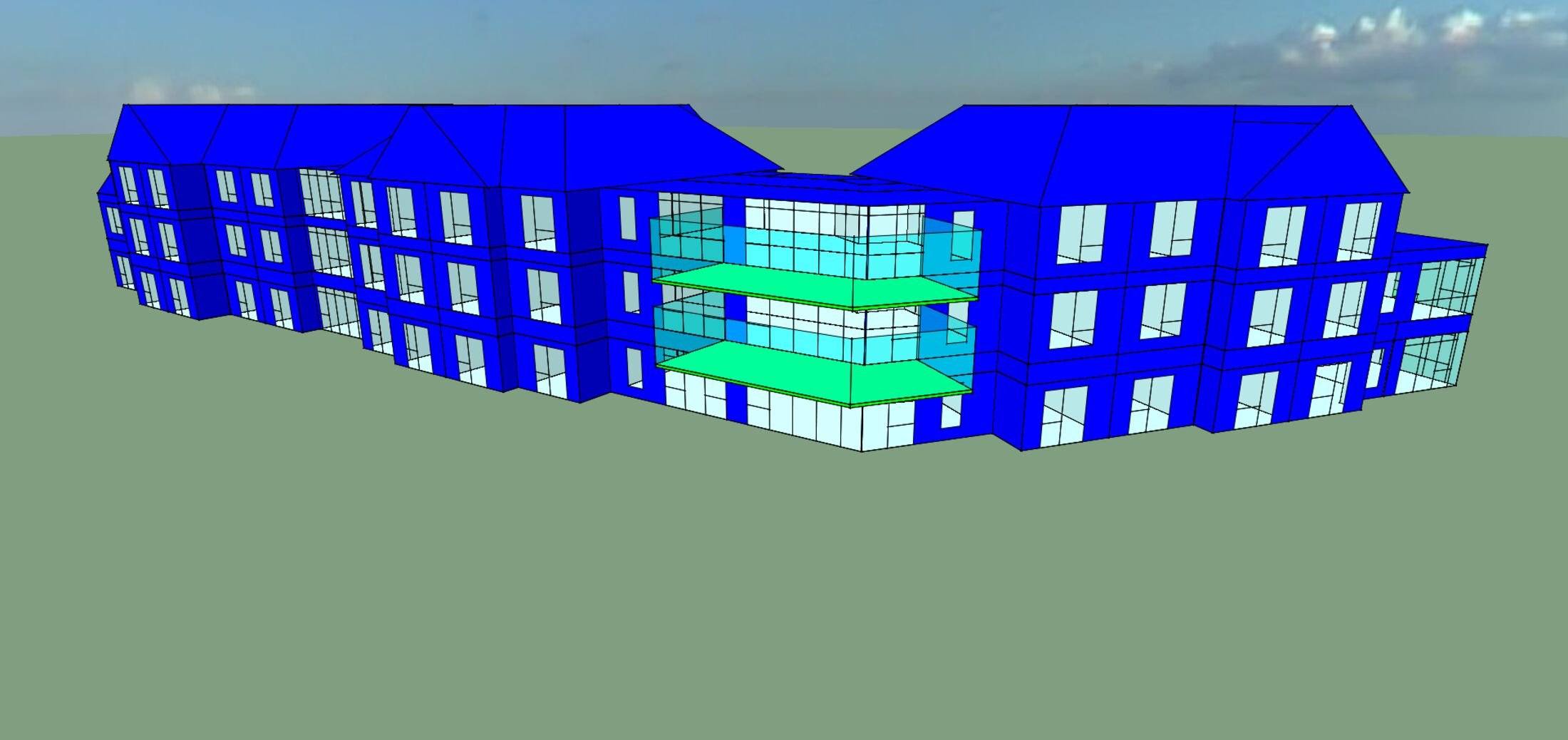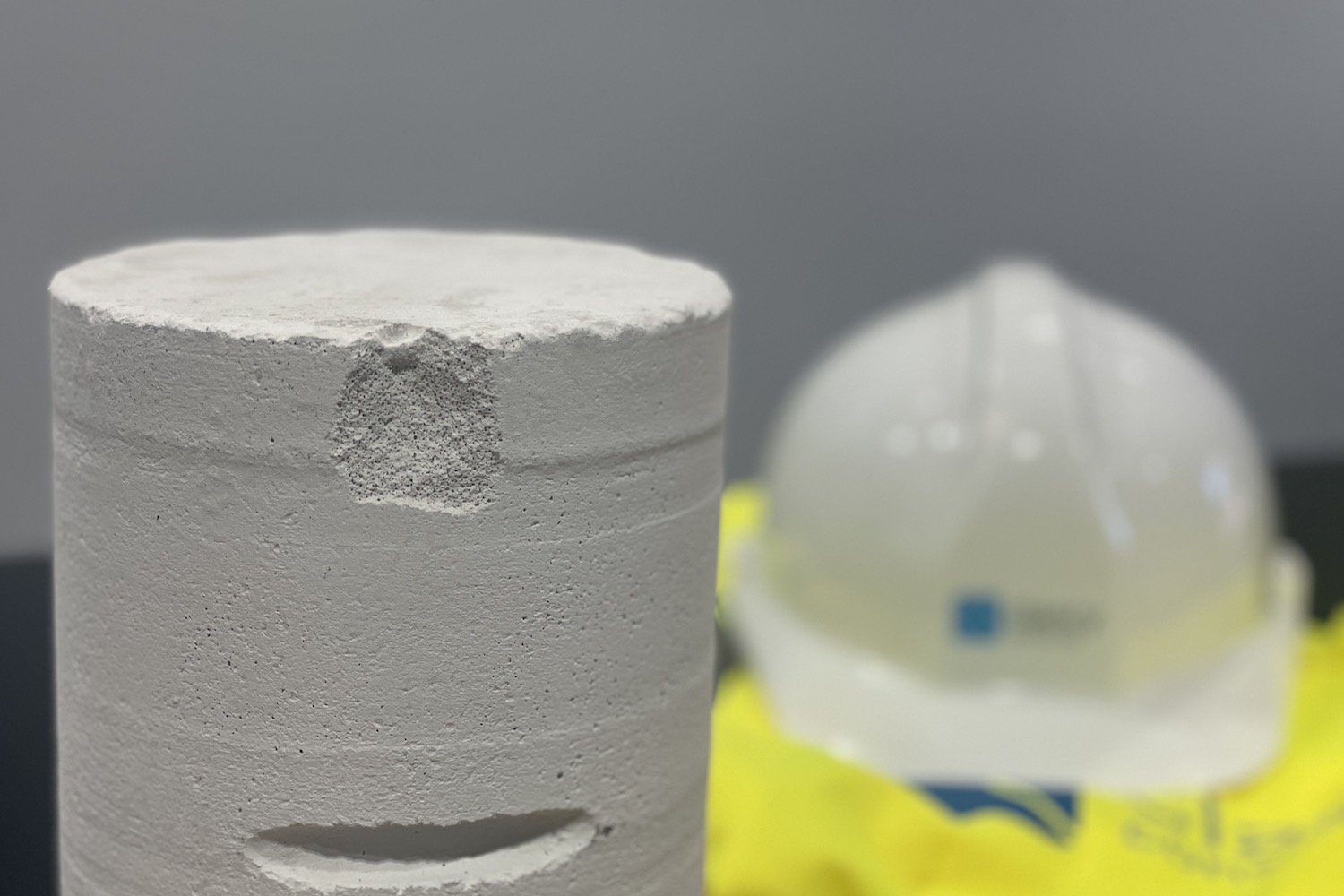
Our specialist services:
Thermal modelling
Our operators use accredited thermal modelling software (by IES), which is specifically designed for the assessment of building performance. Thermal modelling allows complex energy relationships that occur in buildings to be understood and quantified.
The following areas are some of the ways in which thermal modelling can benefit a project:
Demonstration of compliance for Building Regulation Part L at pre-construction, post-construction and first fit-out stages.
Checking summertime temperatures of rooms that don’t have comfort cooling. Results can show the number of hours over 280C or the more complex ‘adaptive thermal comfort criteria’.
(EPC) Energy Performance Certificate for new and existing buildings. An EPC is mandatory for a building (or part of a building) when constructed, sold, or let.
Thermal modelling can be used for any building, but is compulsory for buildings that have any of the following features:
Night ventilation strategy
Ventilation with enhanced thermal coupling to the structure
Demand controlled ventilation
Automatic blind control
Atria
The following BREEAM credits are often demonstrated by thermal modelling:
Passive Design Techniques.
Some examples are as follows:
Natural ventilation
Effect of thermal coupling to structure (e.g. exposed ceilings)
Ground coupling (thermal labyrinth)
Glazing area percentages
Orientation
Daylight analysis
For enquiries, contact:
Graham Hirst
Associate
Other specialist services:
-

BRE assessor (BREEAM)
-

Building retrofit
-

CDM principal designer/consultant services
-
Ecology
-

Expert witness
-

Heritage engineering
-

Highways & infrastructure
-

Lead consultant
-

Levels analysis & earthworks
-

Low carbon appraisal & net zero carbon strategies
-

Marine engineering
-

Process engineering
-

RAAC
-

SMART buildings
-

Surface water management
-

Temporary works
-

Timber engineering
-

Utility appraisals




